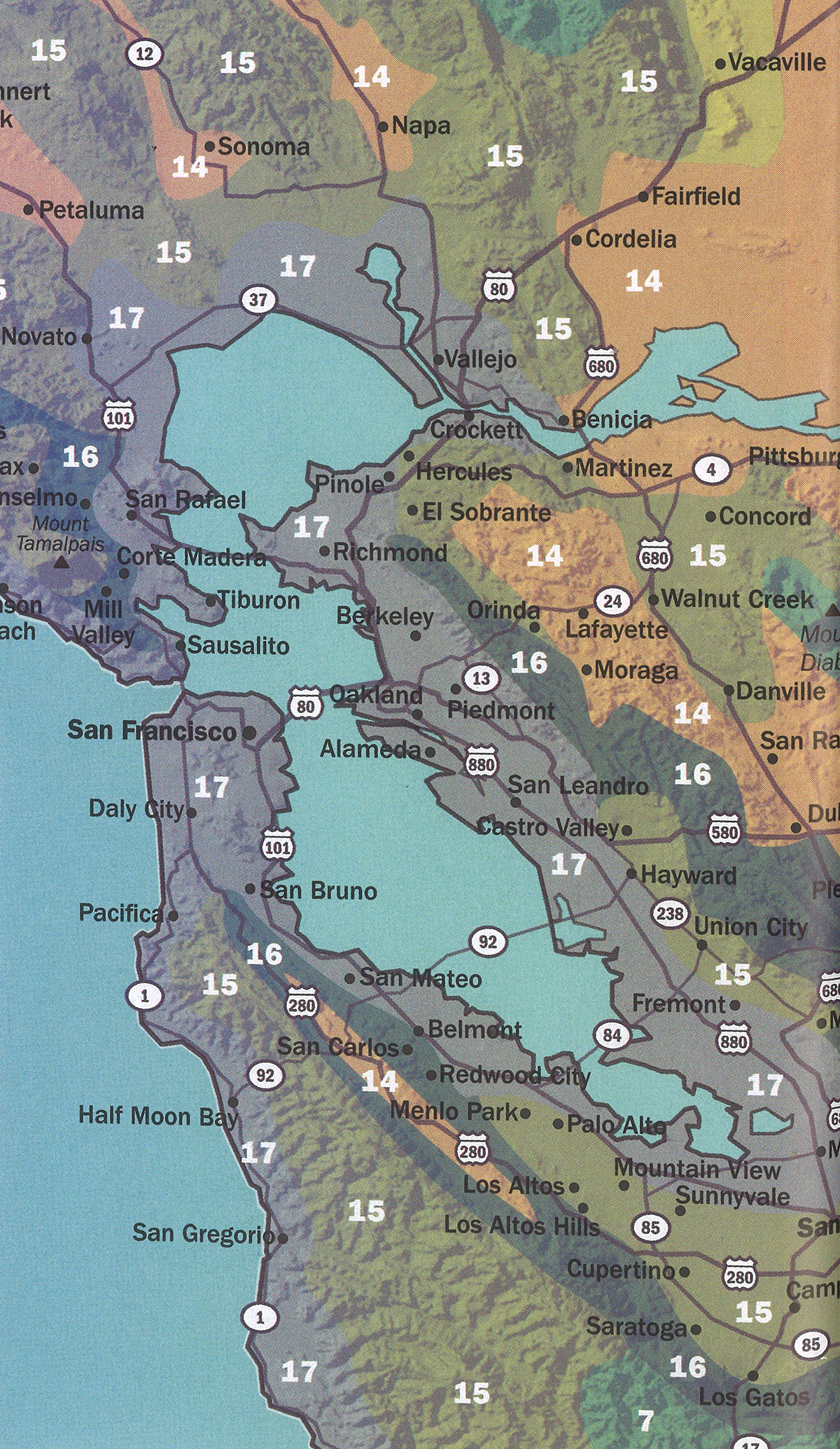
| height | 8–12in | |
| width | 3–5ft | |
| tolerates | Coast, Cold, Cool Summers, Drought, Fog, Pots, Rooftops, Salt, Wind | |
| water needs |
Low | |
| water info |
Needs little water once established. Mixes well with California natives or succulents. Better appearance with occasional summer irrigation, especially in hot, inland areas. | |
| hardy to |
22F | |
| exposure | Part Shade – Full Sun | |
| indoor outdoor |
Outdoor | |
| drainage | In Ground: Planting Mix, In Pots: Potting Soil, Tolerates Heavy Soil, Tolerates Sandy Soil | |
| fertilizing | Low Needs | |
| origin | SE Australia | |
| california native |
No | |
| sunset zones |
14–H1 |
Full Sun
Six or more hours of sun beams directly landing on the plant's leaves.
Part Shade
Three to five hours of sun beams directly landing on the plant's leaves.
Part Sun
One to two hours of sun beams directly landing on the plants leaves.
Full Shade
The plant is never fully lit by sun beams,
but is in a bright spot or has dappled sunbeams playing over the leaves throughout the day.
Deep Shade
The plant never has dappled light on the leaves, and is in a place that feels dim, even on a nice sunny day.
